Fine Art Inkjet Printing
The Craft and Art of the Fine Digital Print
Jim Nickelson
Ebook, Photography, Popular Techniques, Print, Print and digital bundle, Printing/Scanning
In an era of digital capture, digital darkrooms, and online galleries, serious photographers still have a deep respect for the photographic print. There is a profound difference between posting your image to a website and printing and sharing your photographic work. For many, the photographic print is the only way...
Read More
Read More
- Print and eBook Bundle: $54.99
- Print Book: $44.95
- eBook: $35.99
| BOOK AUTHOR | Jim Nickelson |
|---|---|
| PAGE COUNT | 240 pages |
| TRIM SIZE | 8 x 10in |
| COVER | Soft Cover- without flaps |
| ISBN | 9781681982069 |
| PUBLISH DATE | 06/2017 |
- About the Author
- Introduction
- 1 Fine Art Inkjet Printing
- 2 Printing Hardware and Environment
- 3 Color Management for Printing
- 4 Optimizing Your Workflow from Capture to Print
- 5 Image Editing
- 6 Global and Selective Adjustments
- 7 Making the Print
- 8 Evaluating and Correcting the Print
- 9 Choosing a Paper
- 10 Editing for Print Interpretation
- 11 Printing Blackand-White Images
- 12 Post-Printing
- 13 The Next Level
- 14 Considerations for the Fine Art Market
- Appendix
- Index
3 reviews for Fine Art Inkjet Printing
You must be logged in to post a review.

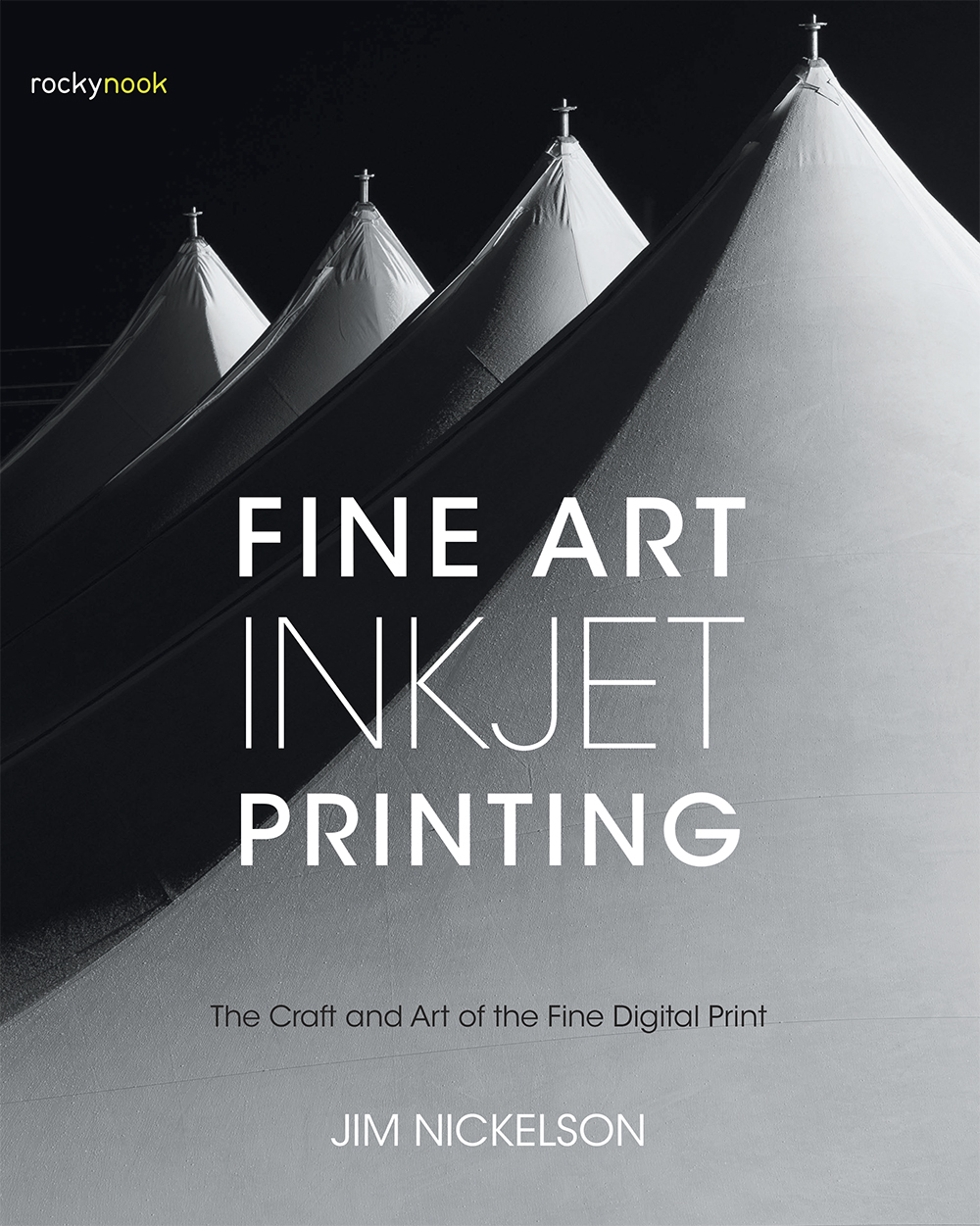
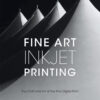


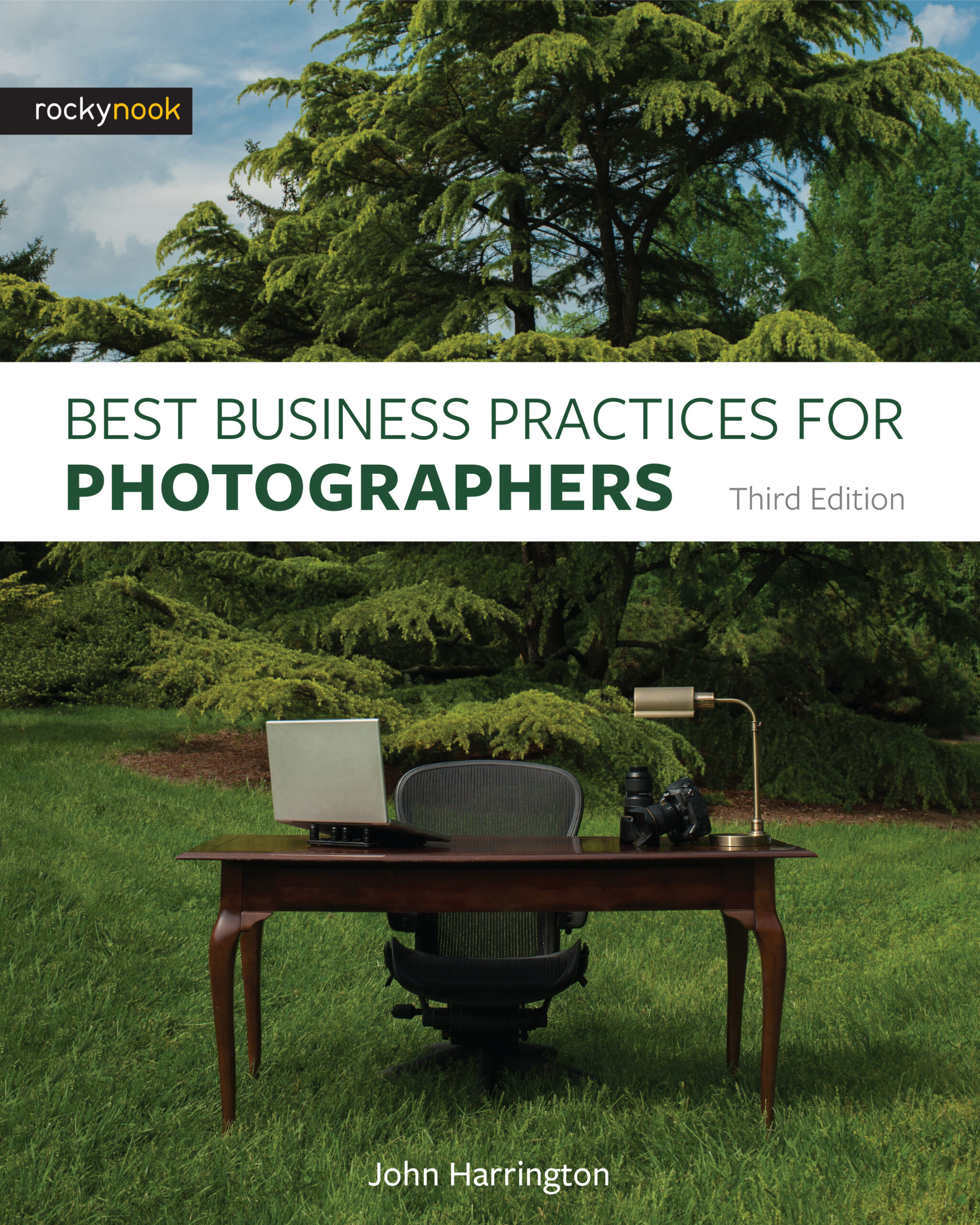

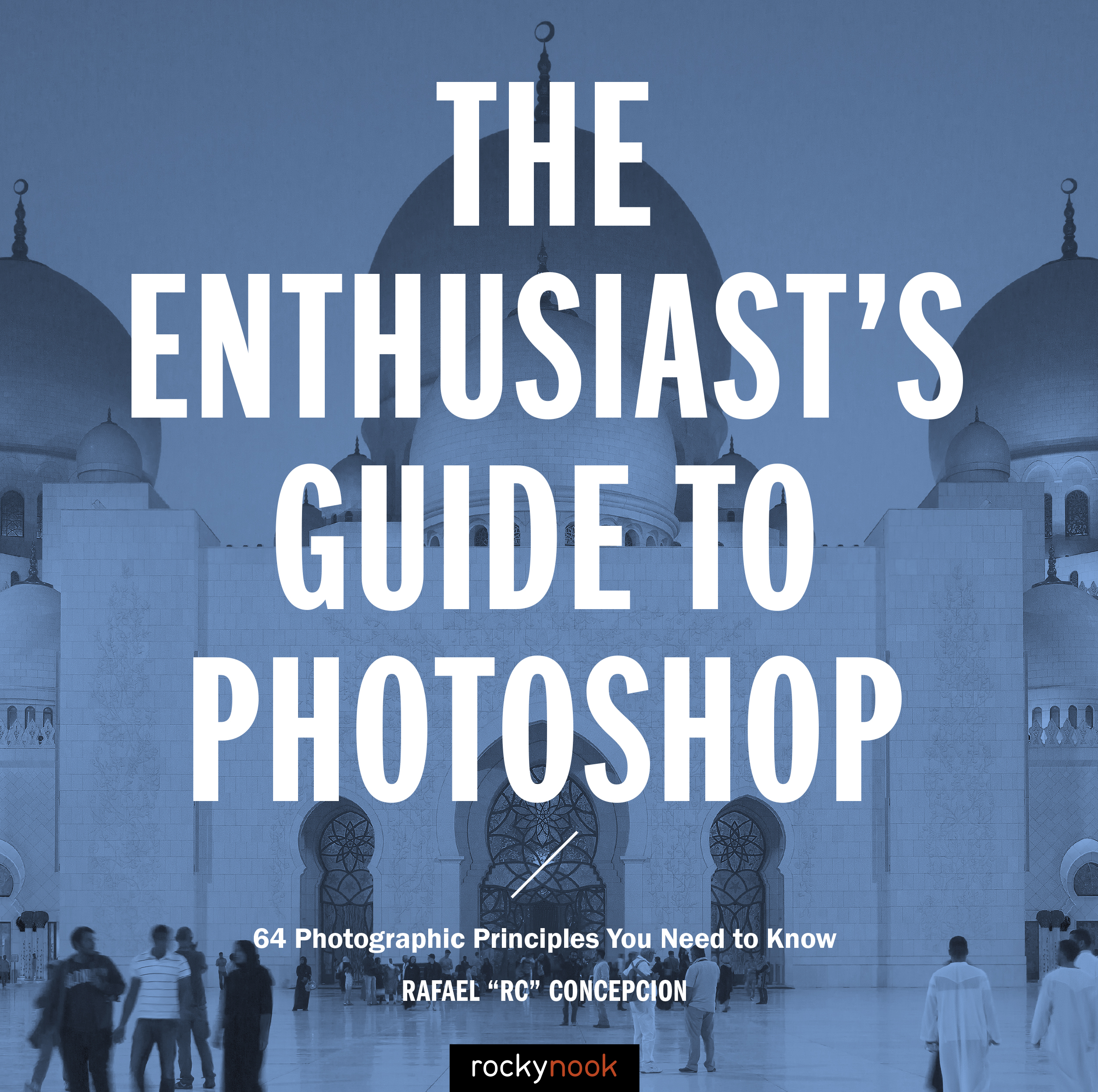



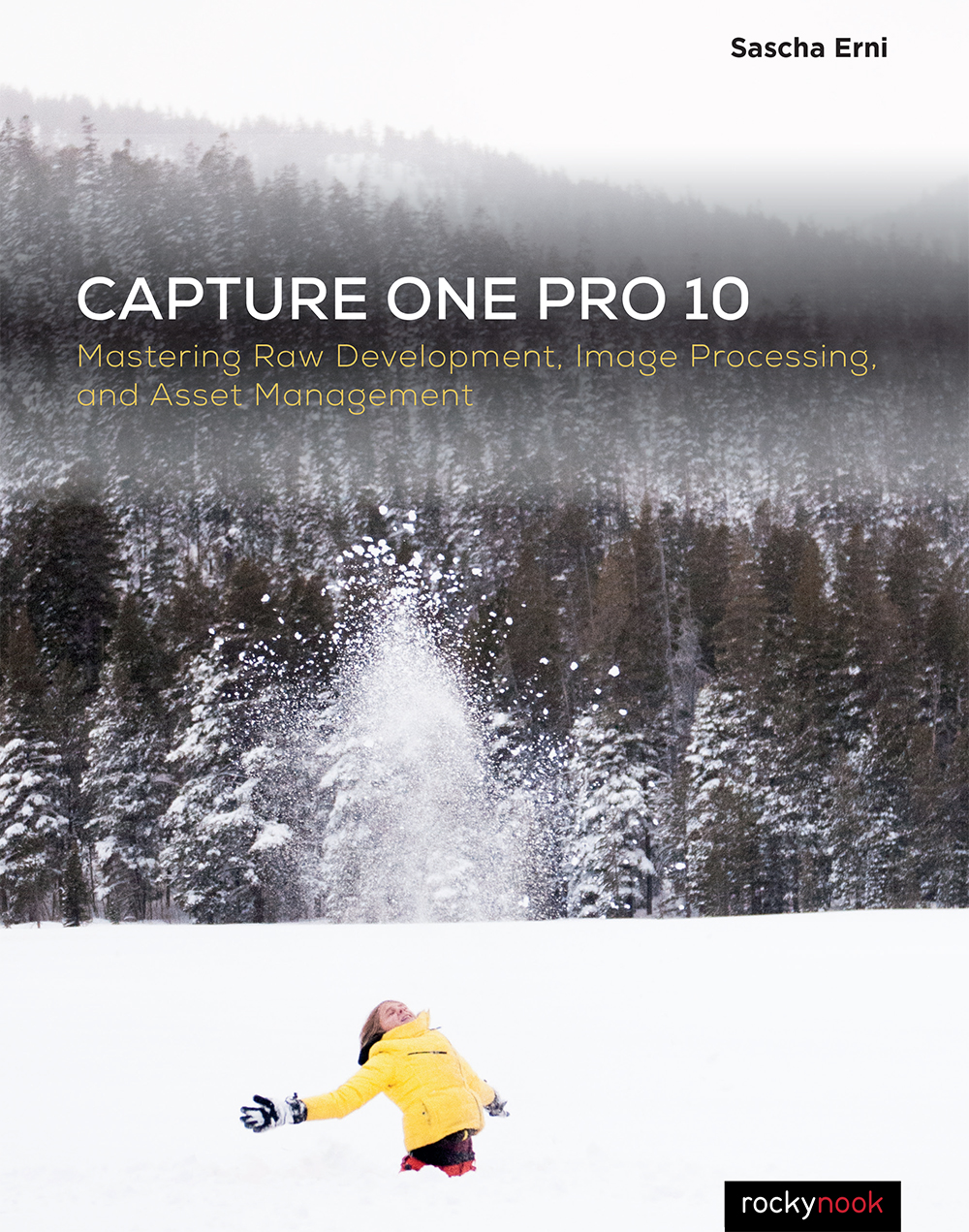
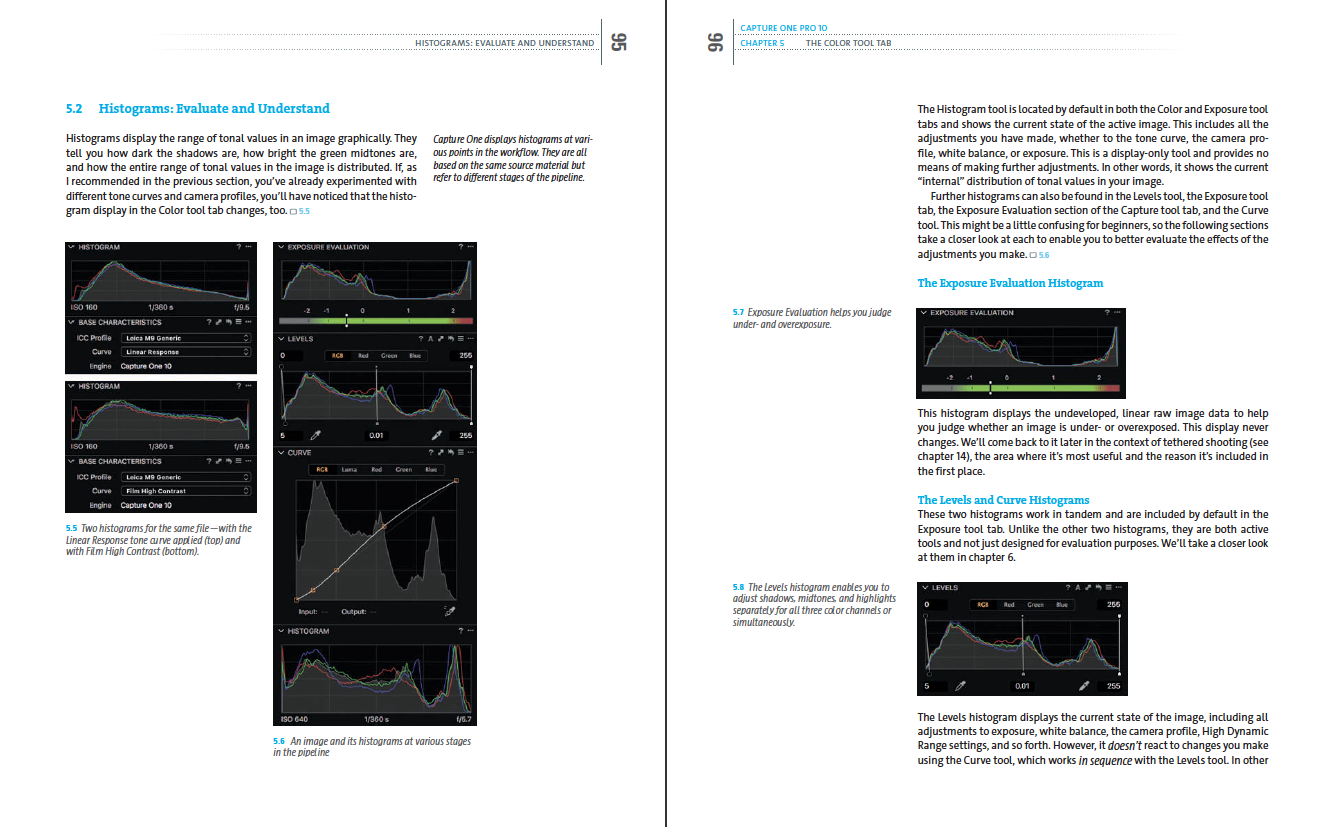

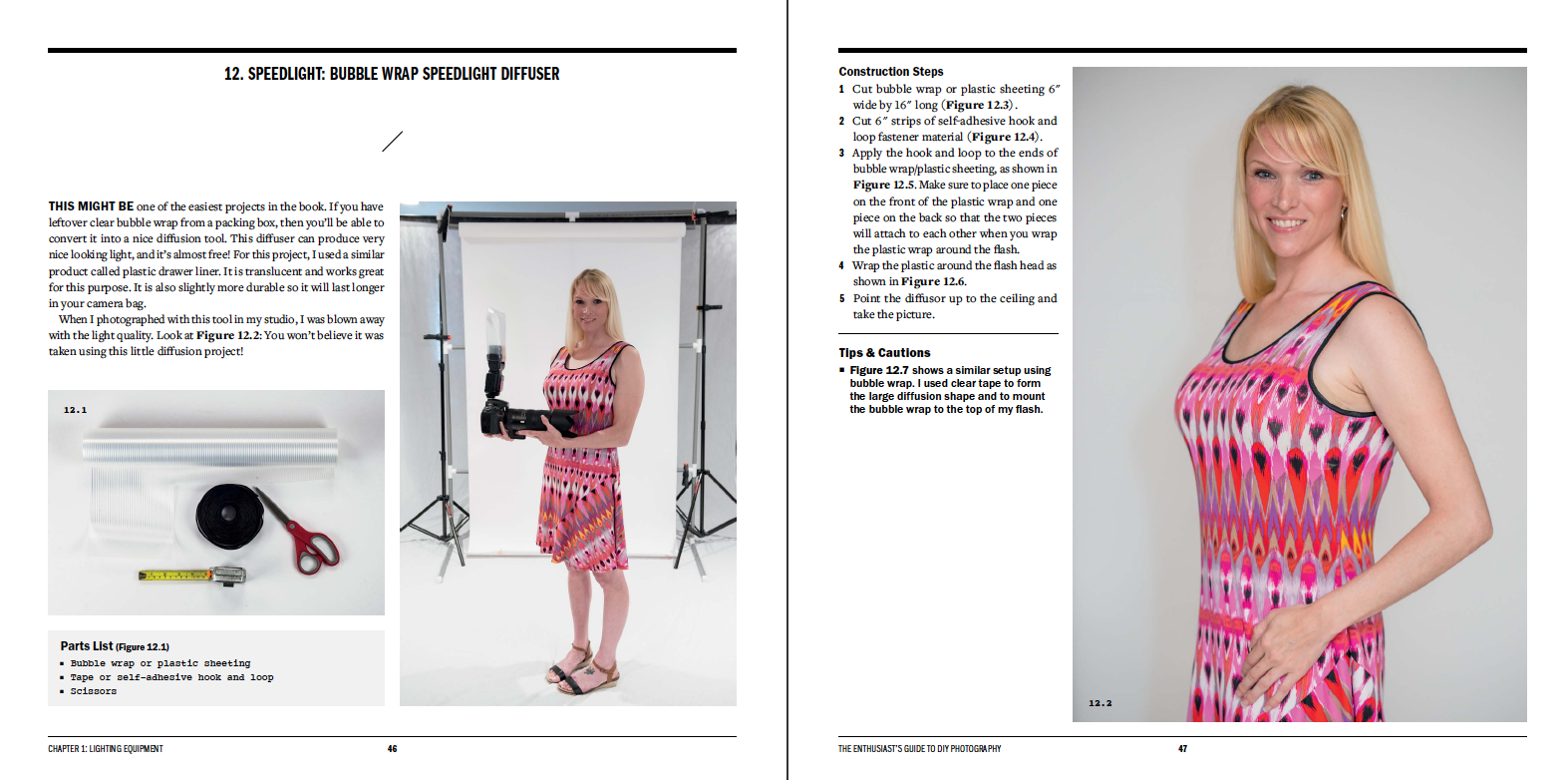
Gloria
I have not been printing many of my photos though I certainly take hundreds, but after reading this informative and enjoyable book, I’m going to rev up my printer and start printing! I like that, in the beginning, Nickelson asks us: why print? The very question I asked myself when I decided to read this book. The author feels it is essential to print some of your work and he gives reasons I found convincing, to wit: there is something extraordinary about an actual physical print, there is the message that you actually care enough about your photograph to create a print, and photographs often look different, not necessarily better :-), on paper than on the screen. He also follows with a section on the advantages of printing, the main one being that the physical print is more likely to be treasured than a digital file, and the fact that one can see more in a physical file because we enjoy it more at our leisure when one displayed on the screen. Perhaps the final reason he gives, that hardly anyone else printse photographs so that you will stand out if you print, is both a little humorous and convincing. OK, I do want to make some prints now.
Nicholson spends a good deal of time telling us about the options when choosing a printer and the advantages and disadvantage is of those options. Very helpful! I was grateful for and learned a lot from his section on how to optimize photographic capture so that the prints are high-quality. I can’t say that I’ve ever thought much about that when I’m making photographs but, thanks to this helpful author, I will now. His tips are concise and easy to understand. Also, I hope, easy to execute! I would not have thought that printing in black-and-white would be difficult – seems as though it would be easier than all those colors 🙂
Yet the author devote an entire chapter to the issues and challenges of printing in black-and-white. So glad the author knows the issues even if his readers don’t.
Toward the end Nicholson talks about handling your fine art prints and points out that they can be damaged easily if not done correctly. Another thing I would not have considered but for his foresight in writing about it. He cautioned us to examine prints on dry, flat surfaces, and to use gloves to prevent fingerprints. And, of course, handle them only at the edges of the print with your gloves on. The author even talks about how to catch a print as it comes off the printer! He also advises us how best to sign our prints and which protective spray choose. A really helpful and unexpected chapter.
Nicholson concludes his book with tips on the marketing of your photography, including how to print for your portfolio. He wants us to give careful consideration to archiving because that’s critical once you are in the fine arts market. Collectors want their prints to last! Well, looks like I may be investing in a new printer so that I can begin printing more of my photographs with this very helpful book at my side.
wepsphoto
This is, without question, the best book I’ve ever read about printing photographs. Many others approach the topic with a technical perspective that baffles the common user, which is to be expected when you look at an entire volume simply dedicated to printing. Nickelson’s approach is entirely different- his title may be too specific because he not only teaches printing, but he addresses every element of the photographic process that will affect the final print. His opening chapters cover workflow, editing images, and printing hardware, but he also discusses shooting, exposure, file formats and other factors that may not affect printing itself, but will affect the quality of the print.
Nickelson examines paper options, print evaluation and post-print image care, concluding with an excellent chapter about selling fine art prints. Of course issues like color management, printer profiles and ink selections are to be expected, and they are explained in terms that are easy to comprehend.
If there’s a weak point to the book, it’s that Nickelson derives nearly all of his expertise from two product lines- Adobe software (LR/PS) and Epson printers. This was fine by me- I use LR/PS and have an Epson printer, but for those with different software or a Canon printer, you’ll have some additional reading to do to master some of the skills and learn the software equivalents that are presented. Otherwise, this is a must-have text for the photographer exploring the printing process.
jsmarsh (verified owner)
I purchased this book on the recommendation to me in the Kelby One community. I was looking for a highly detailed documentation instruction of printing in Lightroom. What I got was a fantastic description of why a photographer needs to print and how to do it. It is not a basic course. This is for those who like their own images and need to see them on photo paper for satisfaction and confirmation of their own craft. The quote on the Chapter One page gives a picture of what Mr. Nickelson’s book will do for you. :
“Art stands on the shoulders of craft,
which means that to get to. the art
you must master the craft.”
Ann Patchett